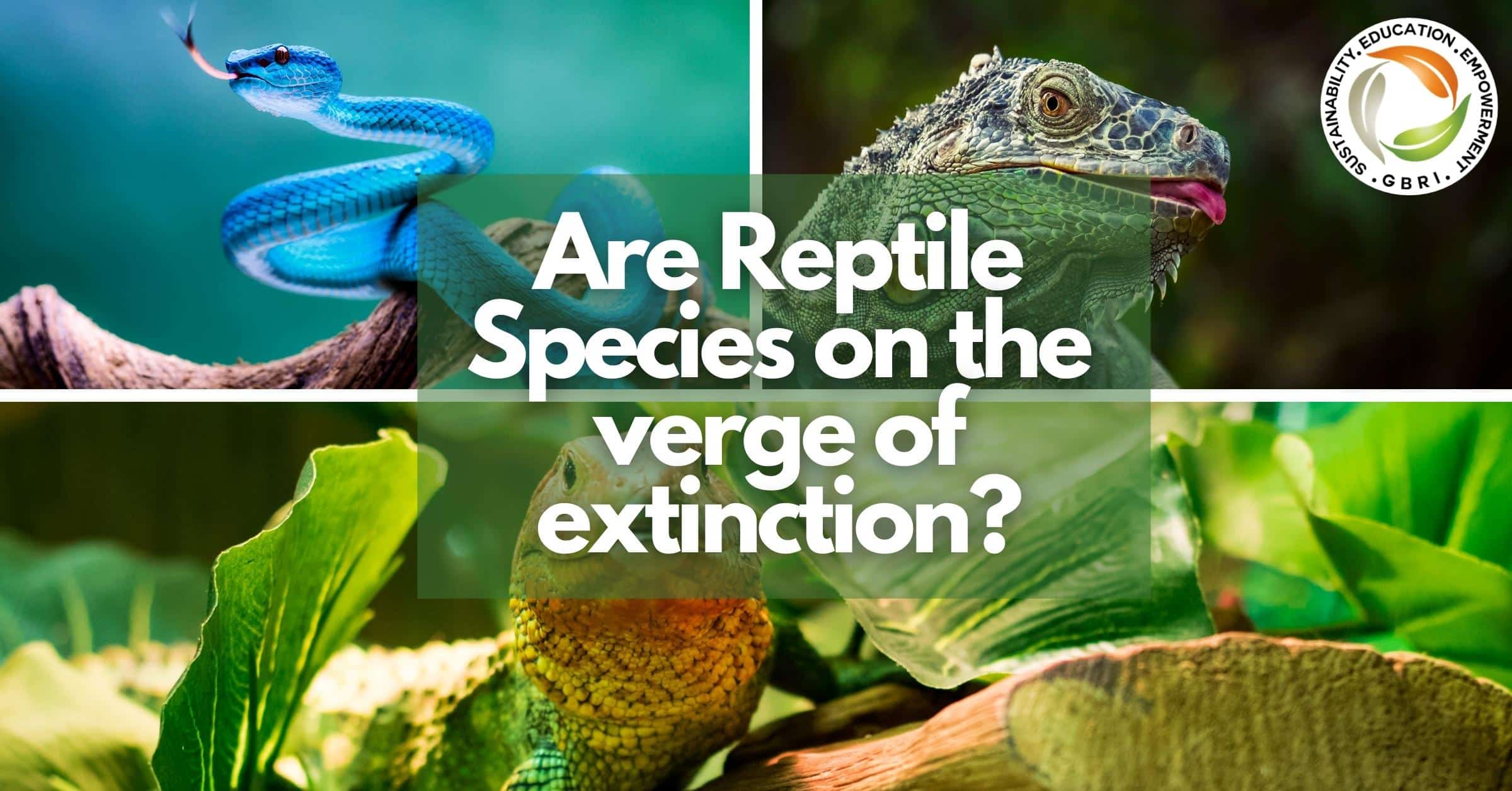As per the first comprehensive global status assessment for reptile species, about a fifth of the world’s reptiles are deemed to be threatened with extinction. Examples are the Galapagos tortoises, the Komodo dragon of the Indonesian islands, West Africa’s rhinoceros viper, and India’s gharial. This assessment has examined almost 10,196 reptile species including turtles, crocodiles, lizards, and snakes all around the world.
It was found that almost 20% of the reptile species are either critically endangered, already deemed endangered, or vulnerable to extinction as defined by the IUCN ( International Union for Conservation of Nature), the global authority on the status of various species. The study also found 31 reptile species that are already extinct.
Why are the reptile species on the verge of extinction?
According to researchers, many reptile species are on the verge of extinction. It is because of deforestation, urban encroachment, and hunting by humans for food or entertainment. Climate change has also played a huge role in their road to extinction along with other invasive species.
Destruction of various forest lands has become widespread all across the globe. It is done to provide timber, and expansion of urban spaces to accommodate population and urban developments. Furthermore, this has led to fewer and fewer natural habitats for reptile species to survive in.
Some well-known reptiles are deemed to be vulnerable to extinction. Examples are the world’s largest lizard, the Komodo dragon; the longest venomous snake, the King cobra; and the largest sea turtle, the Leatherback. Among the most threatened reptile species to extinction is Chapman’s pygmy chameleon which is a small lizard that inhabits low elevation rainforests in Malawi and was previously considered possibly extinct but has now been spotted in a few forest fragments.
Conclusion
It’s high time for the government and the right authorities to step up and take the proper steps in guiding citizens to help preserve the reptile species.
Now that we understand the need for preservation and what the threats are, we all need to collectively work together. There is no longer an excuse for us in leaving reptiles out of our conservation planning and implementation efforts globally. According to Neil Cox, the manager of the Biodiversity Assessment Unit which is a joint initiative of the IUCN and the group Conservation International, global collaboration and commitment are important if we are to prevent an extinction catastrophe on our planet.






